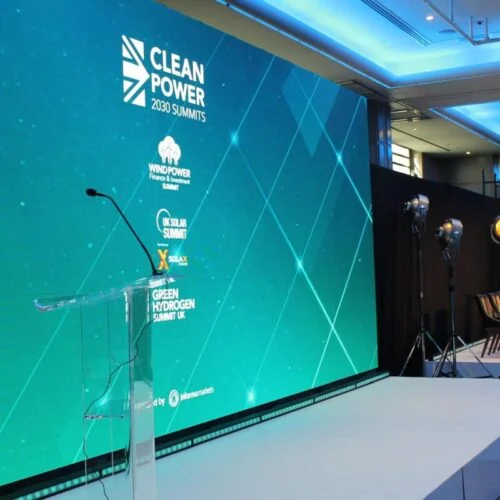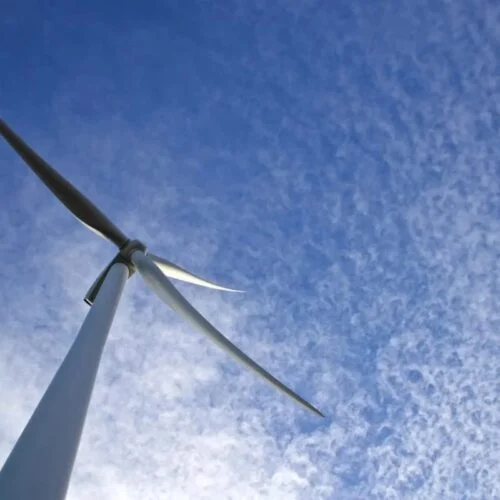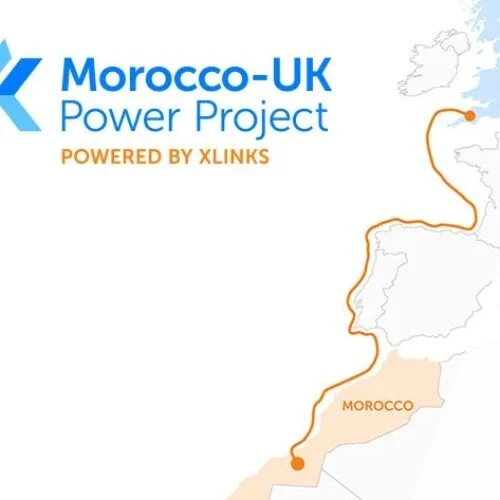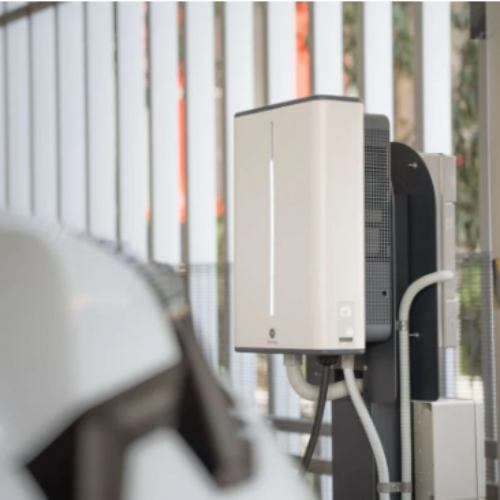At the end of January, Aegis Energy received investment from Quinbrook Infrastructure Partners to kick off the construction of clean, multi-energy recharging and refuelling facilities for commercial vehicles,
According to Aegis, 52% of van drivers do not have access to at-home charging, so the public infrastructure the company will deliver is the “essential missing piece” that will enable low and zero emission trucks and vans to take to the roads.
Currently, the UK has only one dedicated truck-specific EV charging location – a service station on the M61 southbound, about halfway between Manchester and Preston.
While fleets of passenger vehicles have been leading the drive for electrification, vans and HGVs are falling behind in the transition as the public charging network is unable to support the high voltages needed for efficient charging.
Aegis Energy is targeting that hard-to-abate sector by developing a network of charging hubs that will have the capacity to charge over 40 heavy goods vehicles (HGVs) and 25 vans simultaneously. We spoke to Kasia Chodurek, the company’s director of business development, about the firm’s plans and why it set itself such a challenge.
What drives Aegis’ vision?
Aegis Energy is on a mission to decarbonise commercial vehicles, wanting to get to the heart of one of the trickiest parts of decarbonising the economy. We looked at the hardest industry to abate, transport, and within that picked the heaviest emitting part of the market.
Our founders’ experience played a part in that: Ed Robins came from an investing role at Macquarie, so he had plenty of insight into what options there were for the commercial vehicle market in terms of low and zero emission fuel and energy types.
Along with co-founders Michael Shaw and Christopher Thorneycroft-Smith, Aegis was formed to provide the necessary expertise to solve the fleet decarbonisation question in the right way.
What is the right answer to decarbonising heavy vehicles?
In commentary around the market, infrastructure is cited as the number one or two reason that fleets cannot decarbonise; Aegis is trying to plug that infrastructure gap.
A lot of good work has already been done on depot infrastructure, and it’s really that public infrastructure piece that is missing. Feedback on the Quinbrook investment announcement has been that this is exactly what the market needs.
We were delighted by the investment and we can really leverage their expertise in the renewable sector in how we set ourselves up. The investment will enable us to get that initial network constructed and operational, but that won’t be the end of our plans.
How will Aegis power its hubs?
The plan at the moment is just to pull power from the grid and use batteries onsite to support with the availability of power throughout the day. We are looking to be able to offer customers the ability to procure renewable power through REGOs and other methods but we our plan is not to install renewable generation onsite on day one at least.
We have secured power offers to all of the initial sites in the network and we have been working with DNOs over the course of the last few years to ensure there is sufficient power to the sites, to support the ‘day one’ demand from the initial fleet of trucks and electric vans on the road in 2026 and 2027. We know there will be a need to ramp up our grid connections as demand expands, which we see happening exponentially.
Why public charging?
The benefit of the Aegis model, establishing public sites, is that depot charging usually means expanding an existing connection at a point that was not selected in anticipation of that need—fleets are based in existing depots and warehouses and locations.
It has been built into our process for site selection that we have to have access to power, so we have been able to be a bit more flexible, saying okay, if this location doesn’t have access to sufficient power then we need to adjust to find somewhere that does. Building that into our process right from the beginning means we are able to speak for good grid connections in all of our hubs.
All of the locations we have established so far also address the heaviest traffic to road segments.
What does the future hold?
We hope to be able to build 30 of these hubs by the end of the decade and the broader business plan is to construct a network of 50 hubs—the initial five station network is really just the precursor. Fifty is our longer-term goal, but when that’s done, it isn’t like we will all just go home; I am sure there will be other things to keep us busy.





